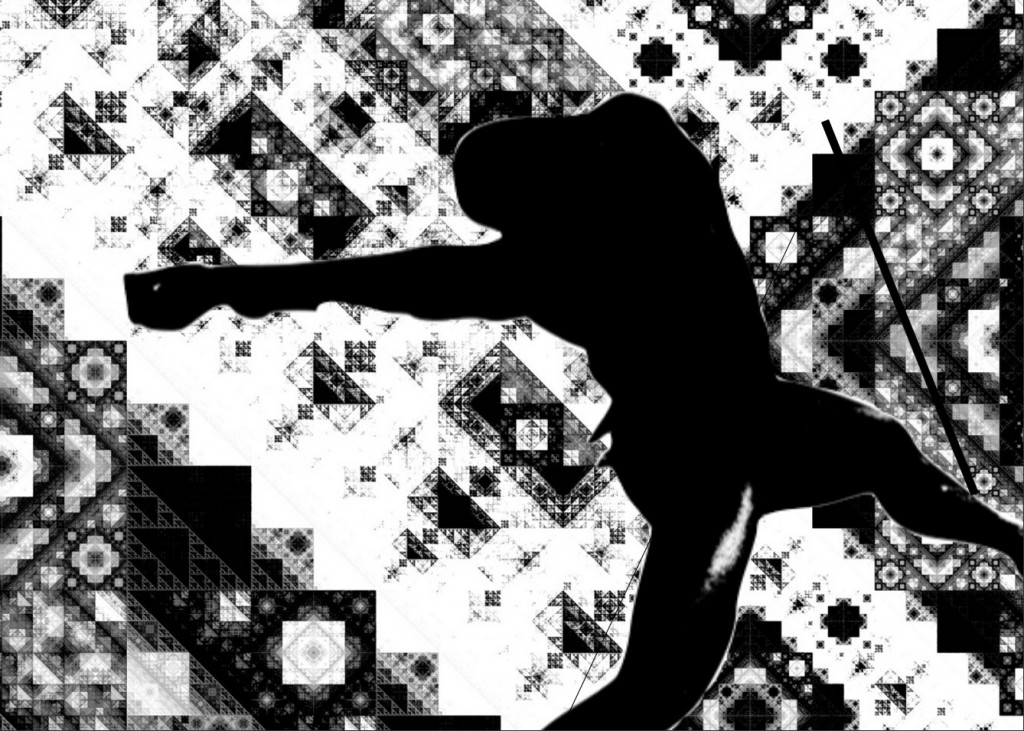Reggie Wilson in conversation with Thomas F. DeFrantz (EXCERPT)
March 14, 2018
Exerpt from Reggie Wilson in Conversation with Thomas F. DeFrantz
Thomas F. DeFrantz: Reggie, you’re curating now! Tell me about this Platform and what you’re up to here.
Reggie Wilson: The Platform fits into an ongoing thinking and mission about postmodern dance, and stems from two basic questions: Who is Reggie? What is Danspace Project?
I wanted to take on these two ongoing questions, consciously and unconsciously. And then the corollary questions: What’s the relationship between postmodern dance and African Diasporic culture? What is the relationship between Protestant Christianity and African Diasporic religion? These questions keep bubbling up for me. I think these questions were much more pointed in the early 90s, and the name of my company actually came out of this period: Fist and Heel— questions that are both political and anatomical.
All together, these have been very productive questions that have allowed me to encounter the world. I can find the Diaspora in Portugal, in Korea, in Alaska, in Bharata Natyam, Zar, Assiko… Isitshikitsha or Amabhiza. Diaspora is not this little thing—speaking historically, choreographically, politically. I wanted to place my own Diasporas alongside those of the Danspace Project.
TDF: Let’s talk about the Platform.
RW: OK, to start, I wanted to put the idea of Blackness in the title. Race is too theoretical. So even if the Blackness doesn’t show up in the final Platform performances, literally, we’ll see. This is just an opportunity to see. So take the title of the platform: Dancing Platform Praying Grounds: Blackness, Churches, and Downtown Dance. I imagine the Platform like a shout house or prays house. But what if the title said “Race and Religious-Affiliated Spaces?” There’s no catch in that. We’re always asked to talk about our relationship to our Blackness. I’ve wanted to figure out how to do this for a long time. Well clearly for me, if you’re white and thinking about Blackness, you’re going to have think about your whiteness, your Latino-ness, etc. Do you have a conscious relationship to Blackness? Have you thought about this thing before? Deeply?

Catalogue spread created by Raja Feather Kelly. Left: Ruth St. Denis, 1916-1917. Right: Prayer meeting in South of New York, 1872.
I think I like to be thought of as a researcher, a lay anthropologist. Right now I’m calling myself a Kinesthetic Anthropologist.I believe choreographers are smart, and dancers are smart, and people who make performance work are smart, and we do our thinking and research in a lot of different ways. For each piece how I do the research varies dramatically, as does the amount that is visible to the audience. Sometimes it can be a disservice to the work when viewers are expecting to see some particular research subject visualized a particular way. For me, research is an organizing and developmental device. Arguably, I may be doing more research than other dancers and choreographers but it may be because I was taken out of doing other people’s dance early in my career due to injury. It’s a very different challenge to track the research that’s coming out of the studio than tracing the research that comes out of other situations.
So then, what is dramaturgy? That’s part of what this Platform is about for me also. I think the curatorial practice—or, possibly, a dramaturgical practice—is an act, it’s a thing. It’s not just housed in a person, within the dramaturge, but also in what the dancers, the choreographers, and the director does. And you also have the venue and its staff. There are so many elements providing layers of context, meaning, and history.
Reggie Wilson in Conversation with Thomas F. DeFrantz appears in the Dancing Platform Praying Grounds: Blackness, Churches, and Downtown Dance catalogue.
